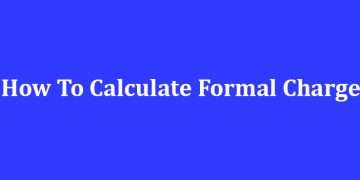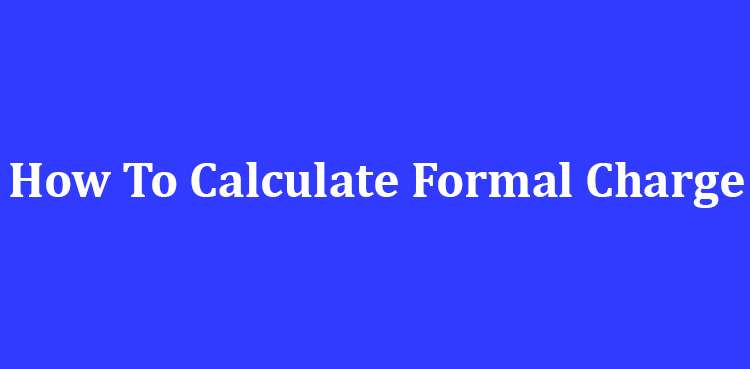Knowing how to calculate formal charges can be an invaluable skill for scientists and chemists. The formal charge is an important concept in chemistry and understanding it is essential for being able to predict the behavior of atoms and molecules. In this guide, we’ll cover the basics of calculating formal charges so you can get a better understanding of the subject.
A formal charge is a way of assigning partial charges to atoms within a molecule. This can be helpful when predicting the structure or reactivity of a molecule as well as predicting which parts will interact with one another. The basic formula for calculating formal charge is (Number of Valence Electrons) – (Non-Bonding Electrons + 1/2 Bonding Electrons).
Let’s look at an example to show how this works. Suppose you have a molecule where there are 6 valence electrons, 3 bonding electrons, and 2 non-bonding electrons. To find out what the formal charge on this atom is, you would use this formula: (6) – (2 + 1/2 x 3) = 0. This means that the atom has no formal charge, meaning it has neither a positive nor negative charge associated with it about its neighboring atoms.
By understanding how to calculate formal charges, you will be better equipped to predict the chemical behavior and make educated guesses about molecular structure and reactivity. Armed with this knowledge, you’ll be ready for any molecular challenge!






















